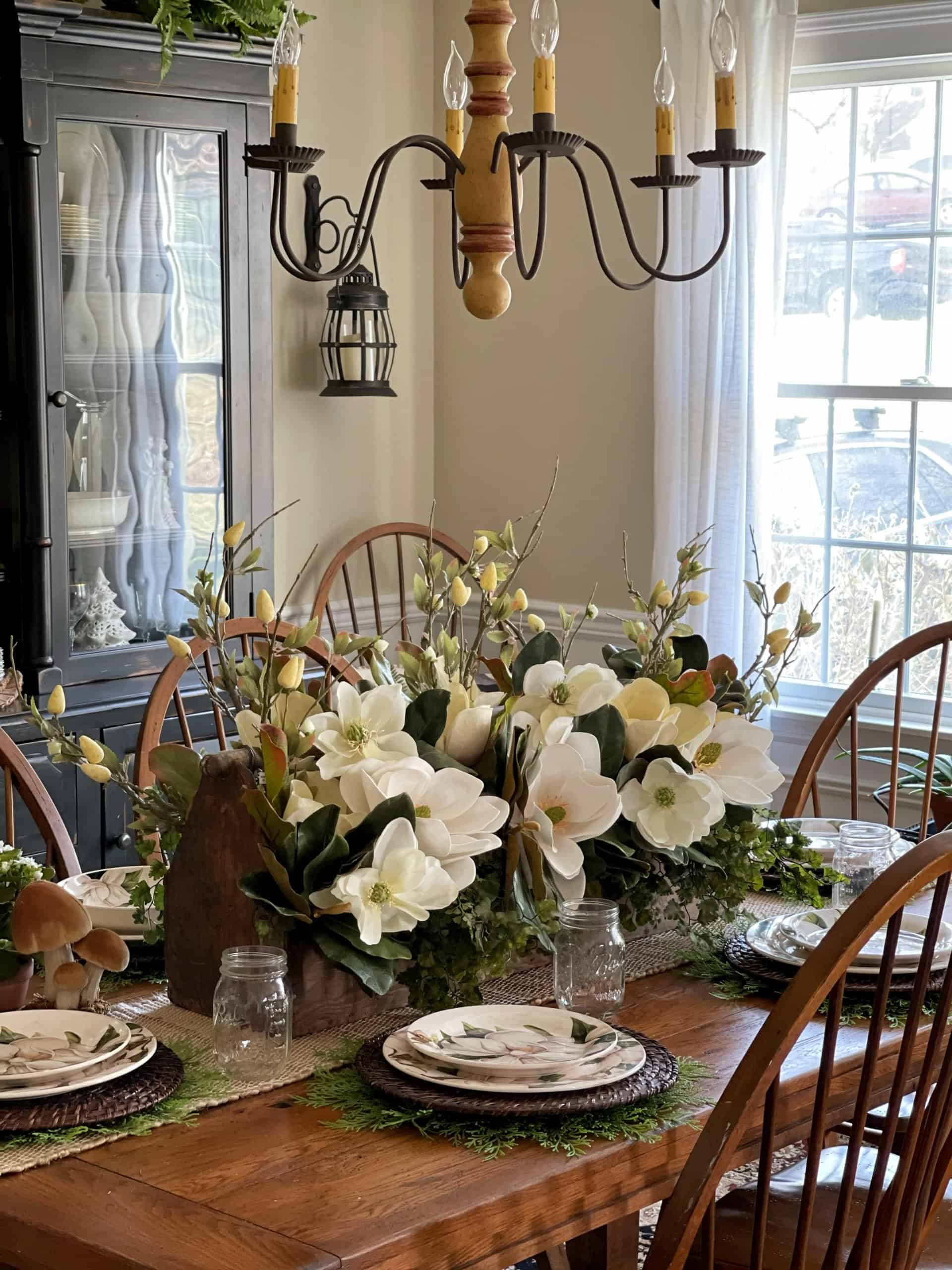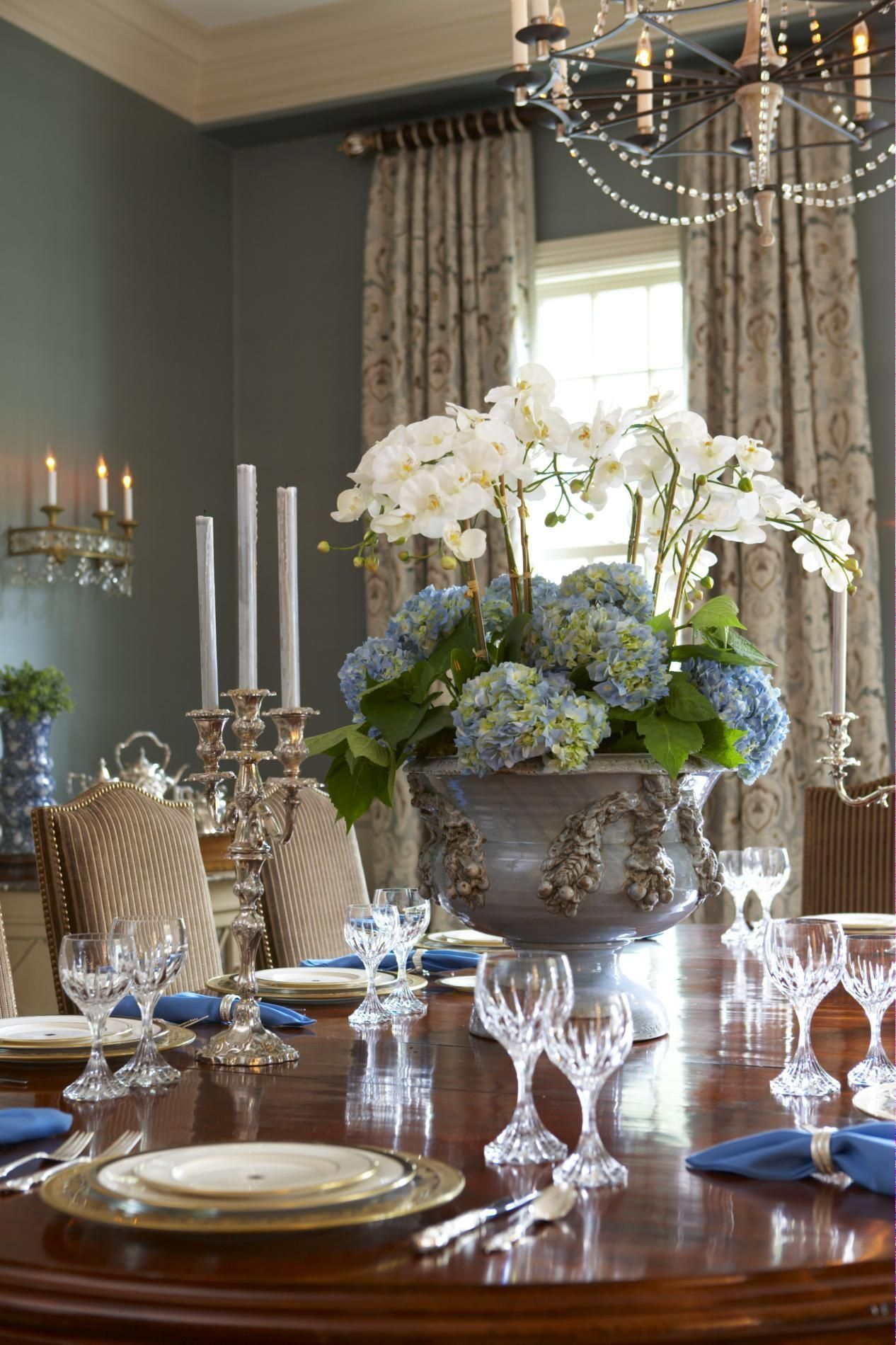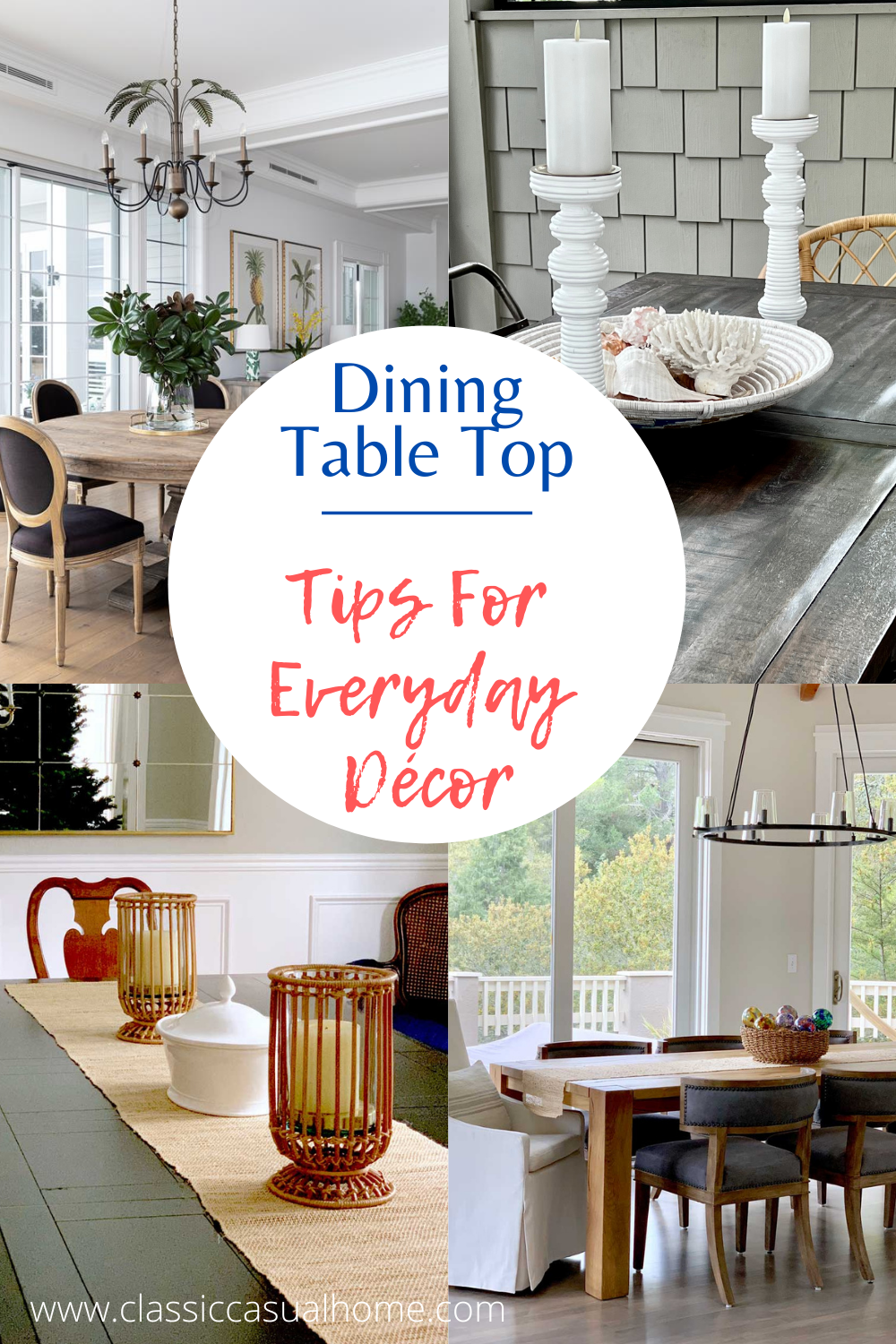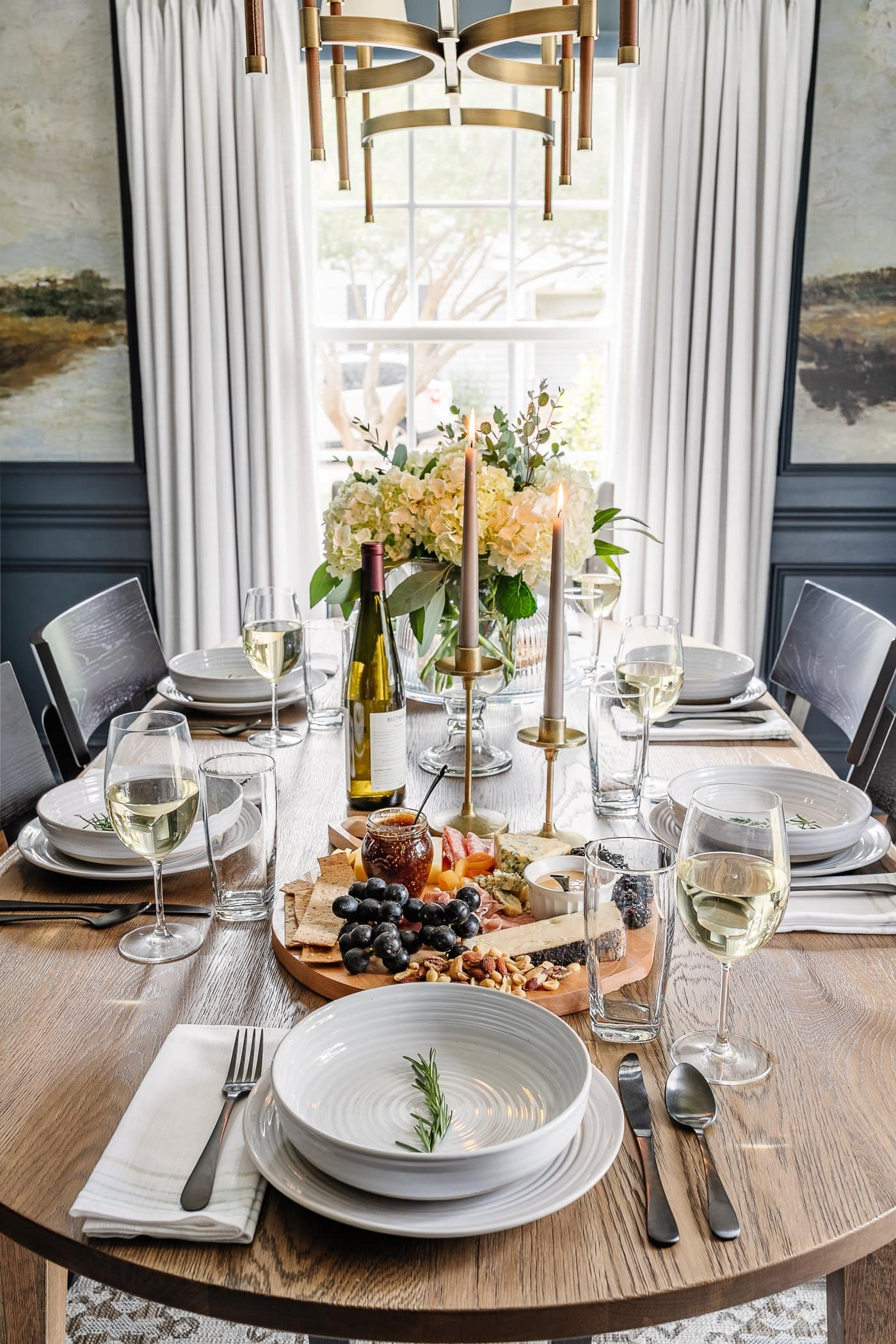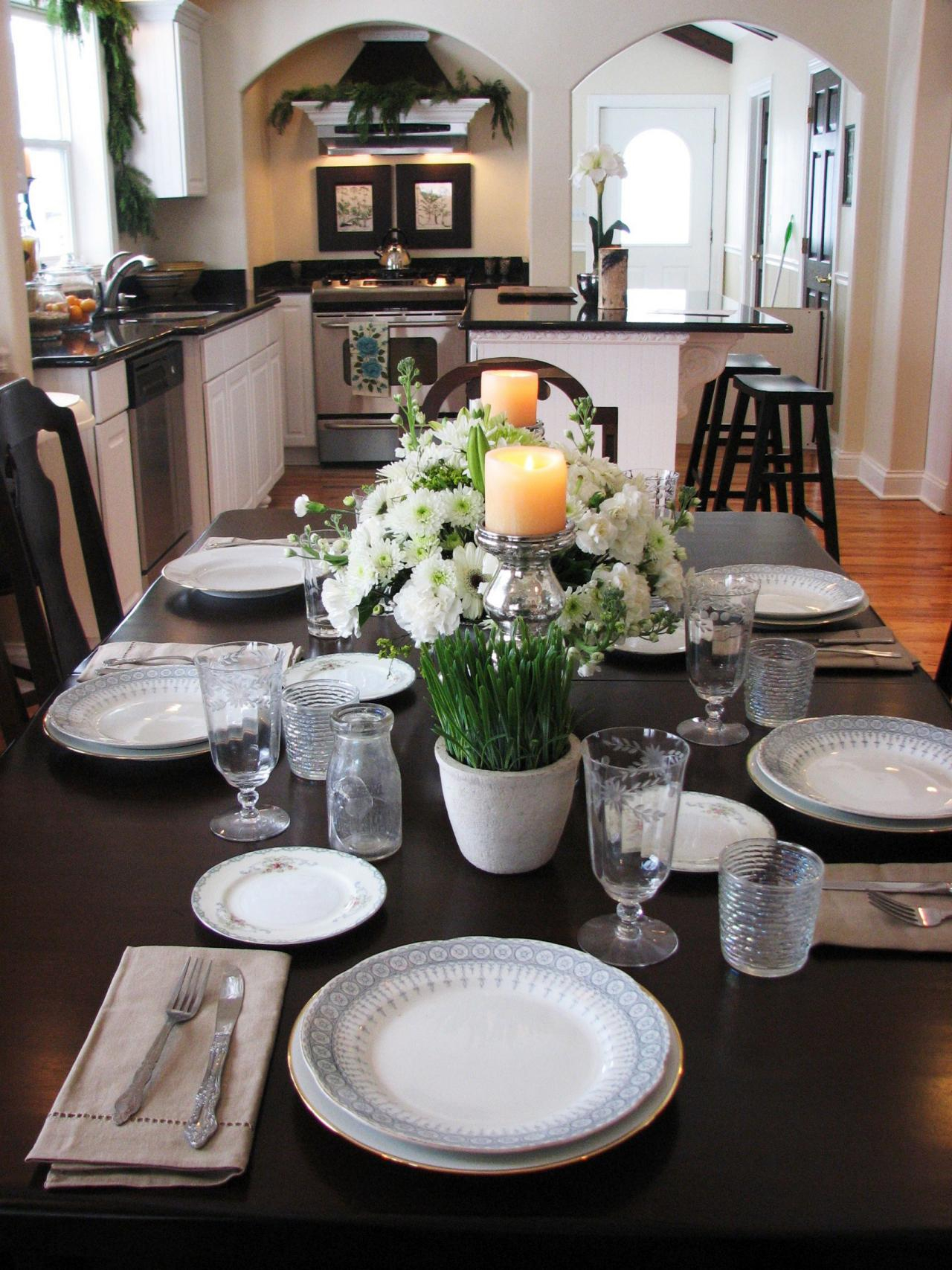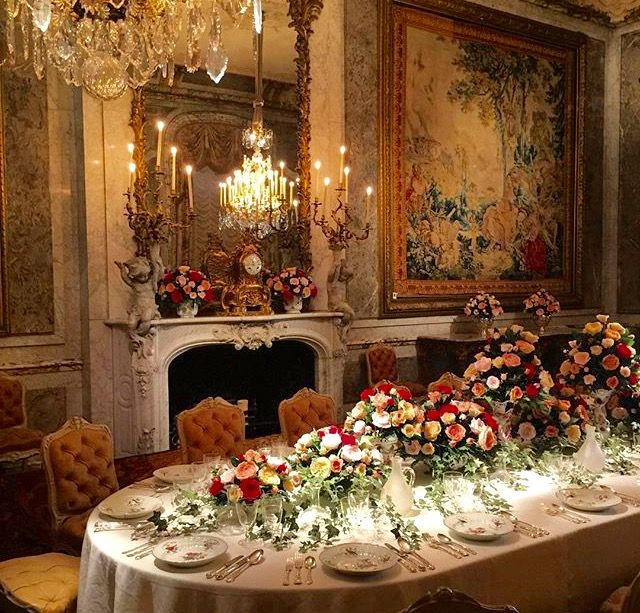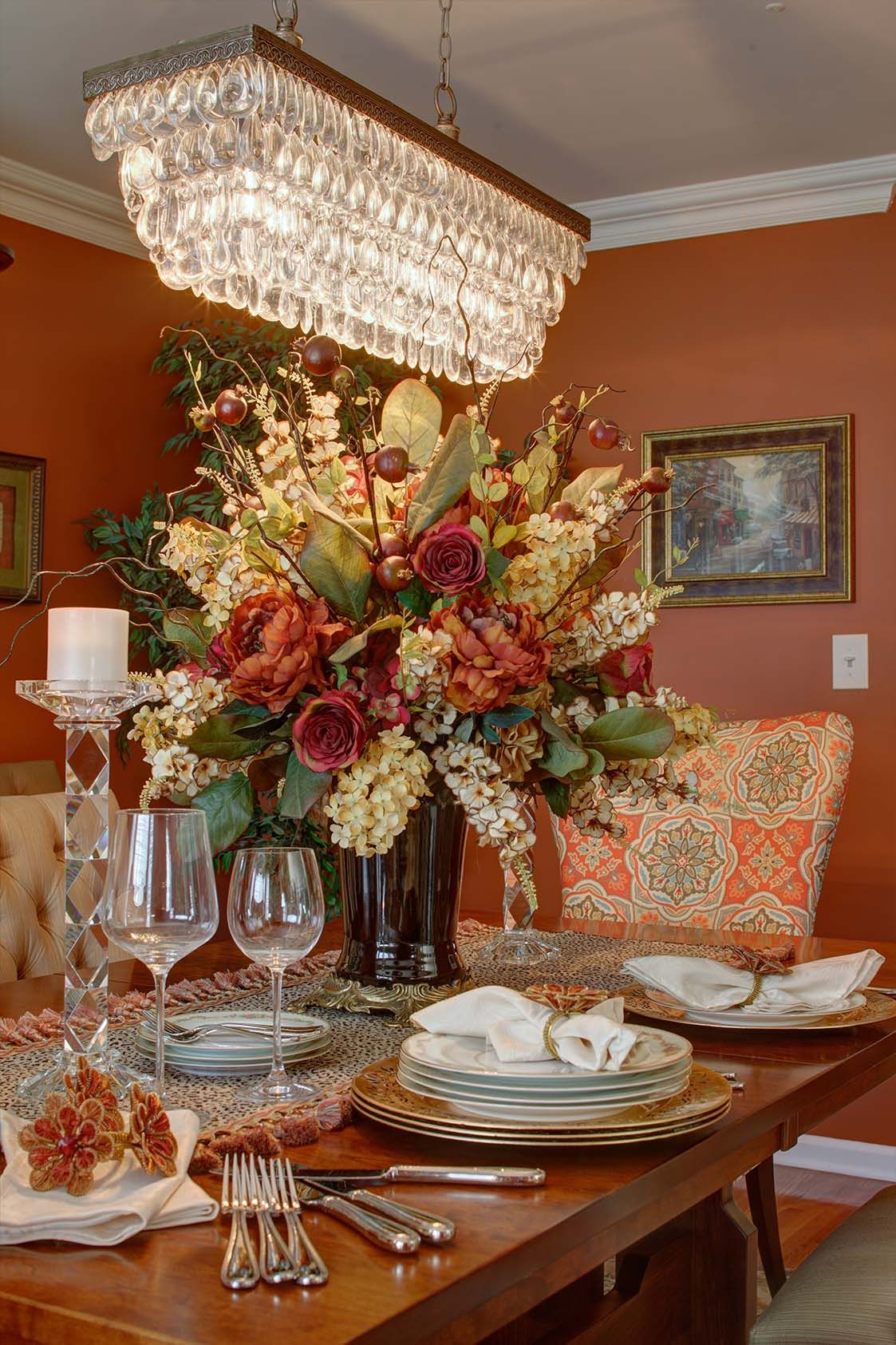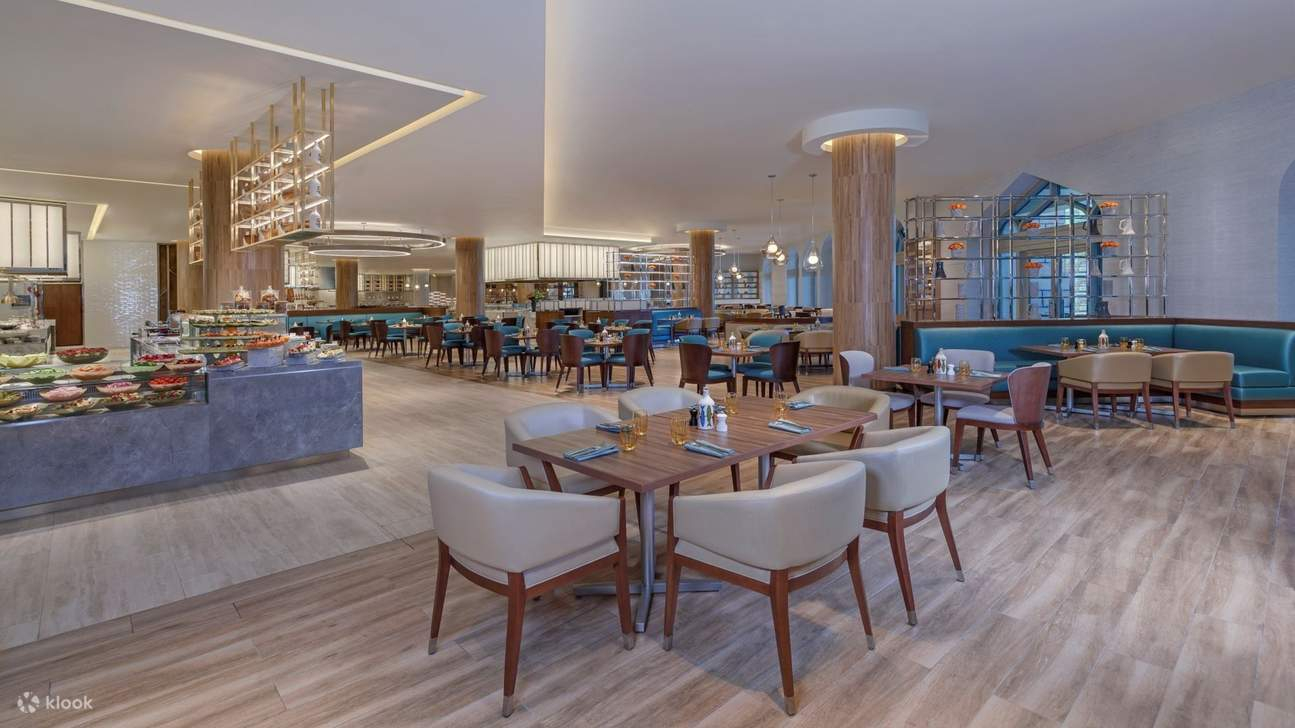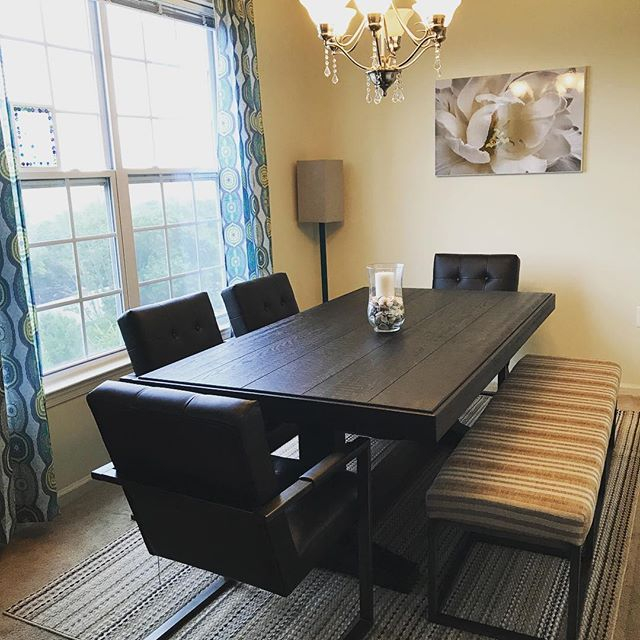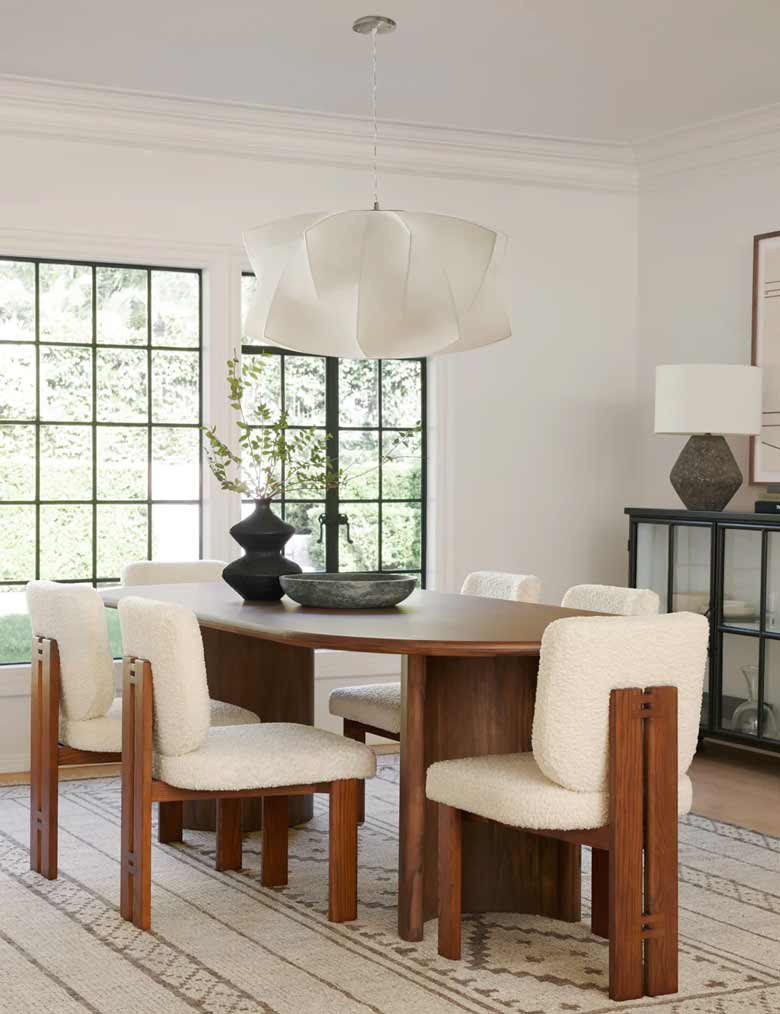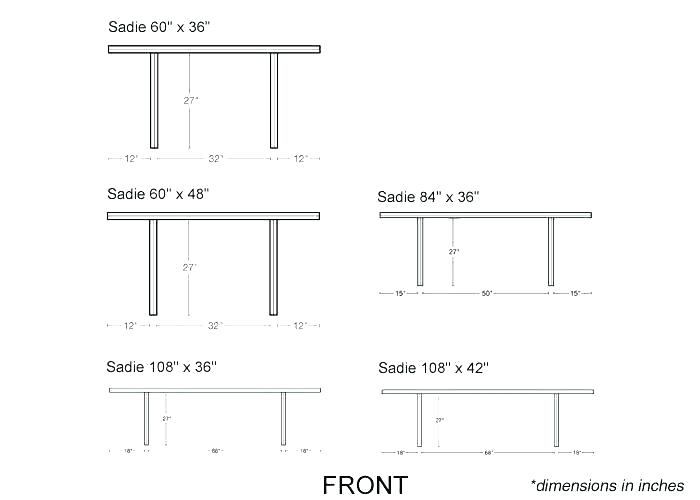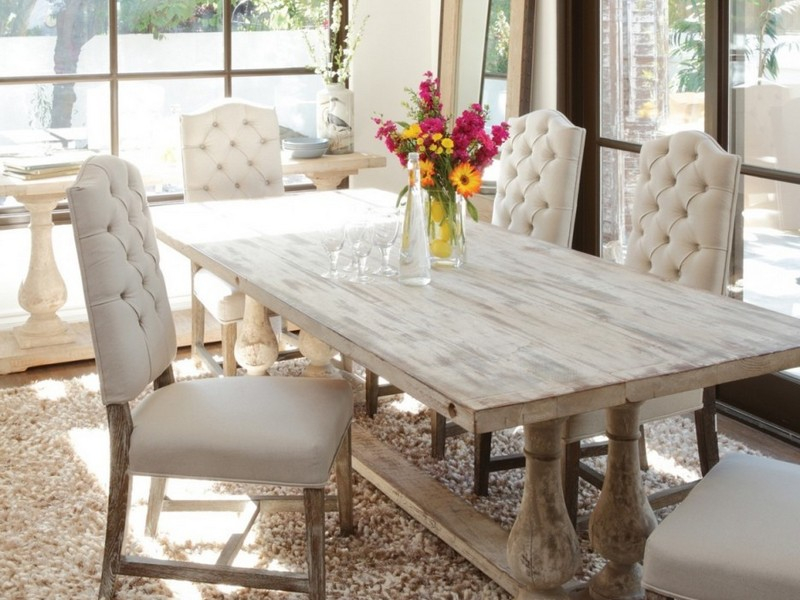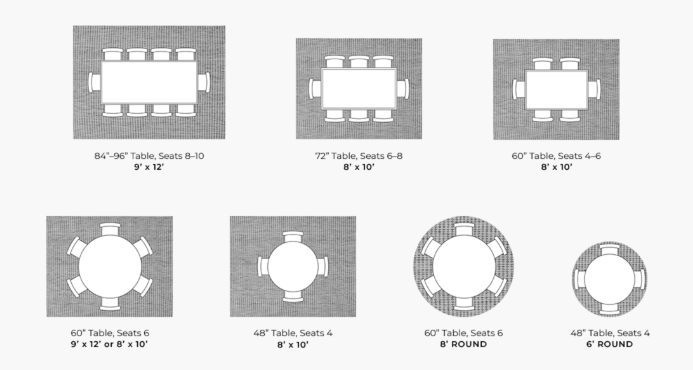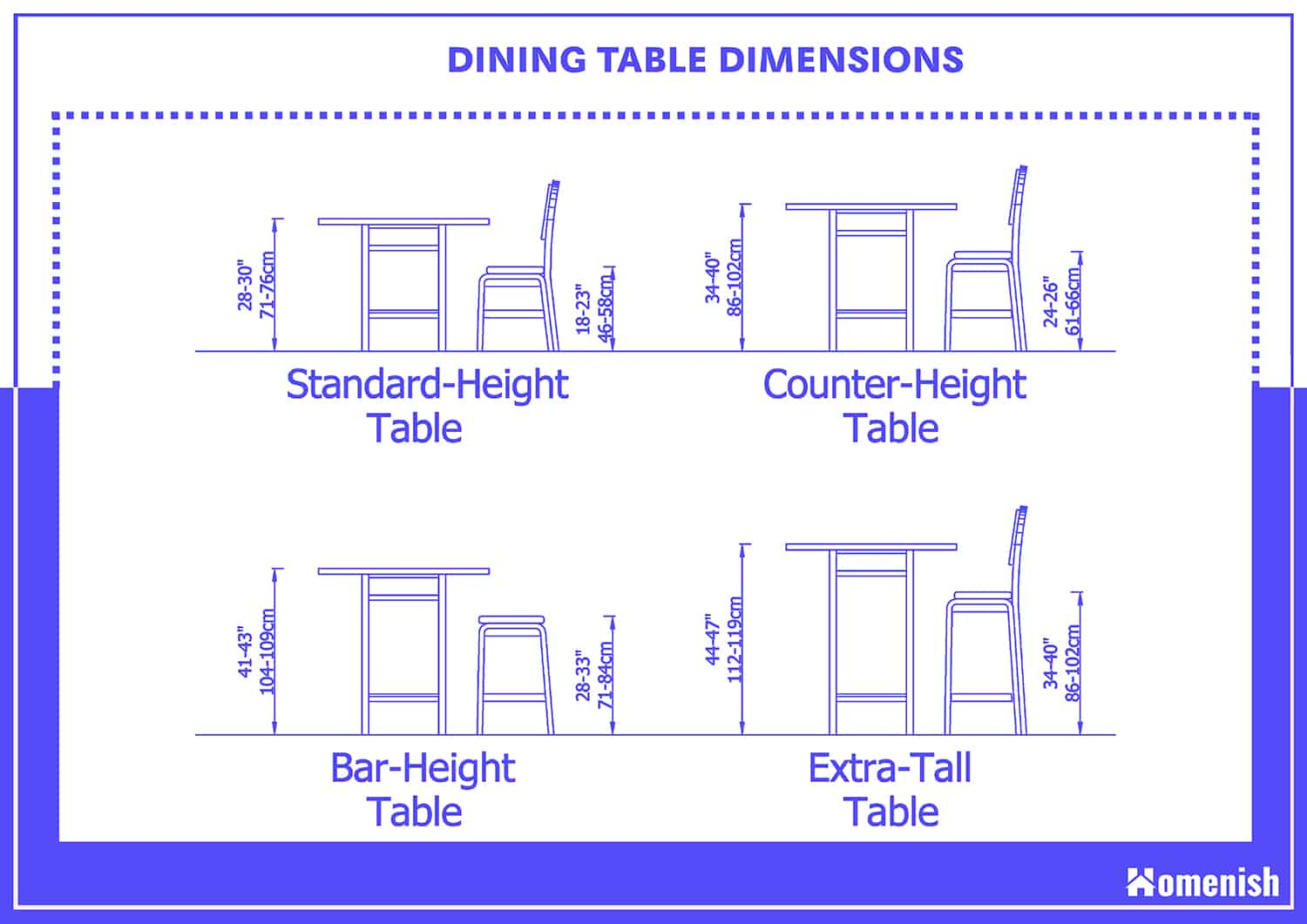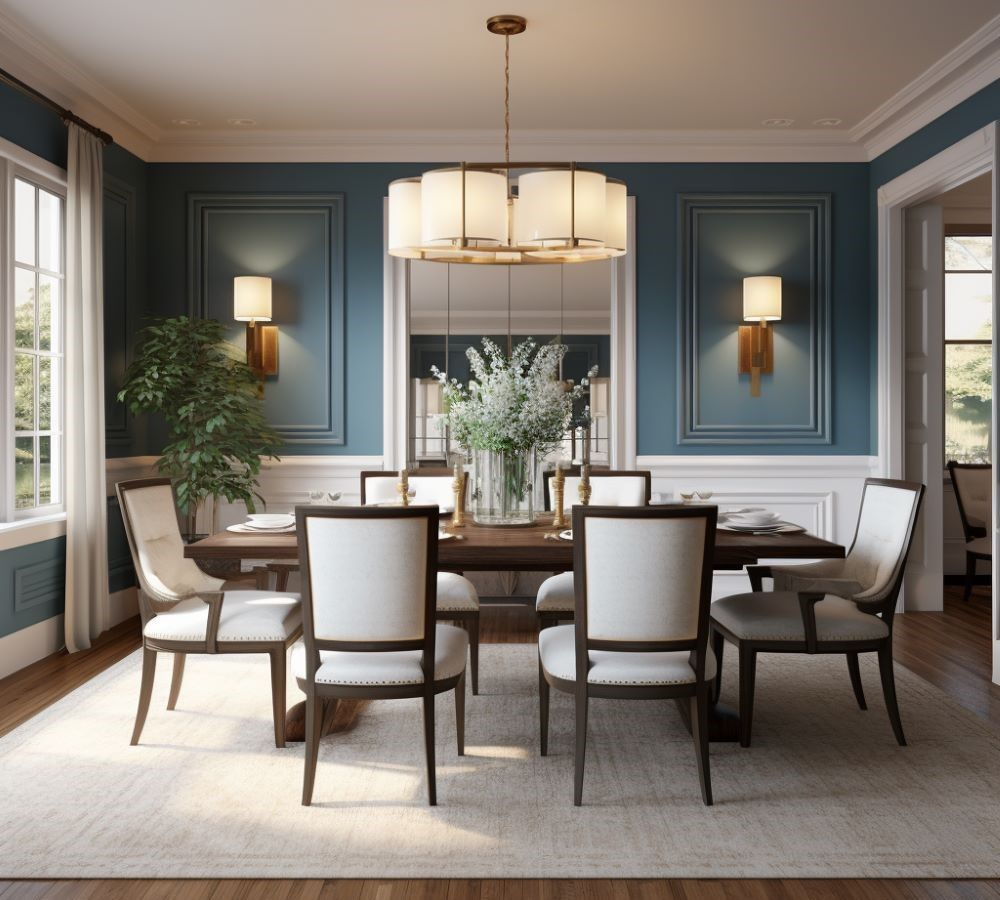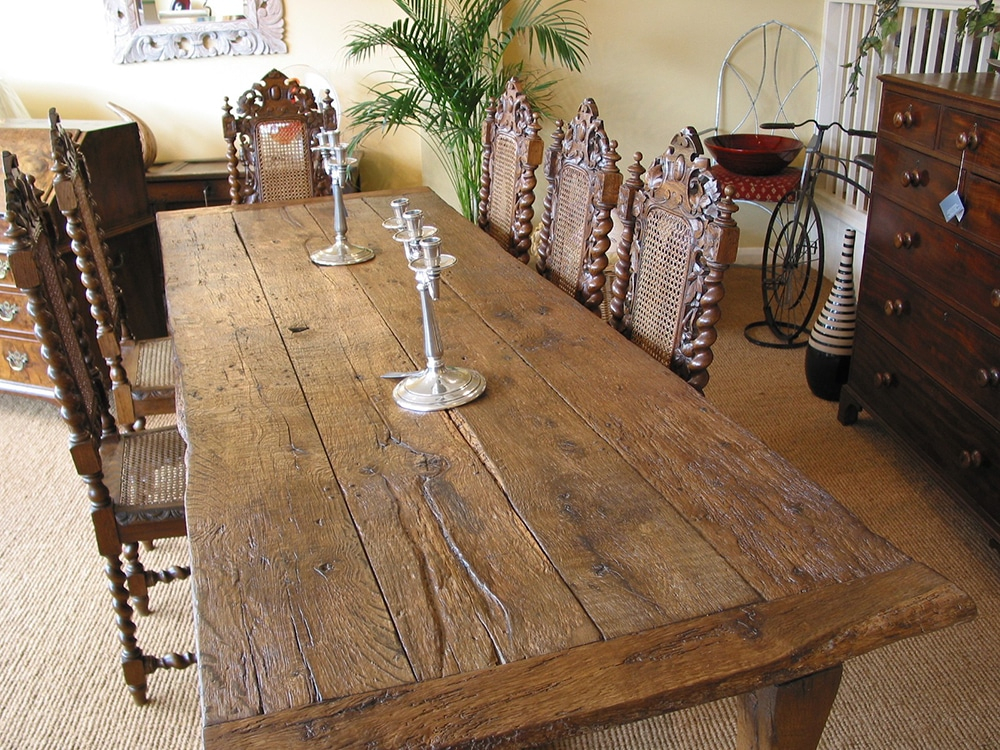The table is more than just a surface for food; it’s a canvas for connection, a place where stories are shared and memories are forged. From the humblest weeknight supper to the most elaborate holiday feast, how we present our table can profoundly impact the experience. It’s about more than just pretty plates and shiny silverware; it’s about creating an atmosphere, a feeling, and a sense of occasion. Let’s explore how to transform your table from ordinary to extraordinary, no matter the event.
Think about your favorite meals. Chances are, the setting played a role, didn’t it? Maybe it was the comforting clutter of a family gathering, the intimate glow of candles for a date night, or the festive cheer of a holiday spread. The table is a focal point in our lives, a gathering place that speaks volumes about our care and attention. Mastering the art of table setting isn’t about rigid rules; it’s about understanding how to communicate warmth, welcome, and thoughtfulness through the arrangement of objects. Whether you’re aiming for a relaxed vibe or a touch of elegance, there’s a way to make your table feel just right.
Understanding the Basics: The Foundation of a Well-Set Table
Before we get fancy, let’s cover the essentials. A basic place setting usually includes a dinner plate, a salad plate (if needed), a fork, a knife, and a spoon. The general rule of thumb is to place the utensils in the order they’ll be used, working from the outside in. So, salad fork on the left of the dinner fork, knife (blade facing the plate) to the right of the dinner plate, and spoons to the right of the knife. The water glass typically goes above the knife, and the napkin can be folded neatly on the plate or to the left of the forks. It’s a simple framework that provides a sense of order and preparedness for any meal.
Casual Dining: Effortless Charm for Everyday
For everyday meals, the goal is comfort and ease, but that doesn’t mean sacrificing style. Think about using placemats instead of a tablecloth for a relaxed feel. You can mix and match dinnerware for a more eclectic look, and perhaps use colorful cloth napkins or even sturdy paper ones. Mason jars can serve as charming glasses, and a simple vase with a few wildflowers or some fresh herbs can add a lovely touch of nature. The key here is to keep it unfussy but still thoughtful. A well-placed bowl of fruit or a bread basket can also add to the inviting atmosphere. It’s about making the ordinary feel a little special without a lot of fuss.
Elevating for Special Occasions: Adding a Touch of Sophistication
When the occasion calls for something more, it’s time to bring out the best. A crisp tablecloth or elegant placemats set the stage. Consider using your fine china and polished silverware. Layering plates, perhaps a charger plate beneath the dinner plate, adds a layer of visual interest and formality. If you’re serving multiple courses, ensure all the necessary cutlery is present – dessert spoons and forks usually go above the plate. Crystal glasses for water and wine elevate the experience, and cloth napkins, perhaps with a decorative napkin ring, complete the look. Don’t forget the centerpiece; it could be a floral arrangement, candles, or a tasteful decorative item that complements your theme.
The Art of the Centerpiece: More Than Just Decoration
The centerpiece is often the crowning glory of a well-set table. It draws the eye and sets the mood. For casual meals, a small potted plant, a bowl of seasonal fruit, or even a cluster of candles can work beautifully. When aiming for elegance, consider a more substantial floral arrangement, a sophisticated candelabra, or a thoughtfully chosen decorative piece that ties into your theme. Remember to keep the height in mind – you don’t want anything so tall that it obstructs conversation across the table. It should enhance, not hinder, the dining experience. Think about scent too; strong floral scents can interfere with the aroma of the food.
Beyond the Utensils: The Little Touches That Make a Difference
It’s often the small details that truly transform a table setting. Consider personalized place cards for guests, especially for more formal gatherings. These not only guide seating but also make each person feel personally welcomed. Napkin folding can be an art form in itself, adding a decorative flourish. Even something as simple as a sprig of rosemary tucked into the napkin or a small, edible garnish on the plate can show extra care and attention. Lighting is crucial, too. Dim, warm lighting, perhaps from candles or soft lamps, creates a more intimate and inviting ambiance than harsh overhead lights. These thoughtful additions show your guests that you’ve gone the extra mile.
Creating Harmony: Color, Texture, and Theme
When setting your table, think about creating a cohesive look. This involves considering color palettes and textures. Do your plates, napkins, and centerpiece all work together? For a casual setting, you might play with bold colors and varied textures. For a more formal affair, you might opt for a more restrained color scheme and luxurious materials like linen and polished metal. If you have a theme, like a particular holiday or season, let that guide your choices. Does your centerpiece echo the colors of autumn leaves? Do your napkins have a festive pattern for a holiday? This attention to harmony makes the entire setting feel intentional and polished.
Ultimately, crafting the perfect table is about expressing yourself and making your guests feel cherished. Whether you’re serving a simple weeknight pasta dish or hosting a grand dinner party, the effort you put into setting the table speaks volumes. It’s an opportunity to add beauty, create warmth, and foster connection. So, don’t be afraid to experiment, to mix and match, and to let your personality shine through. The most important ingredient is always the intention behind it – the desire to create a welcoming and memorable experience for those you share your table with. Happy setting!

